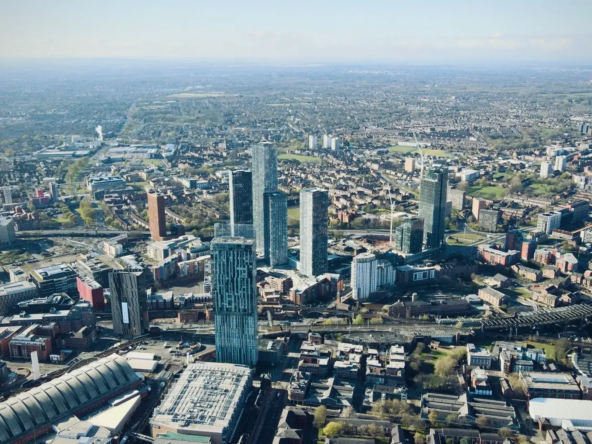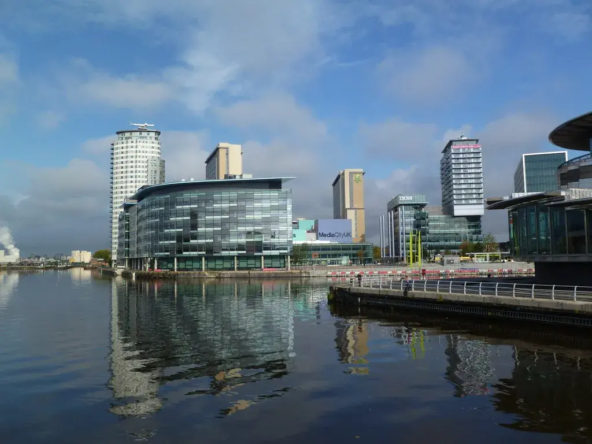The UK commercial real estate market faced a turbulent year in 2022, as the economy was hit by the effects of the Covid-19 pandemic, Brexit, rising inflation, energy crisis, and political uncertainty. However, the market also showed signs of resilience, adaptation, and innovation, as different sectors and regions responded to the changing demand and supply dynamics.
According to Avison Young’s Economic and Property Market Review*, the UK GDP grew by 6.8% in 2022, recovering from the 9.8% contraction in 2020. However, the growth was uneven across sectors and regions, with services and London lagging behind manufacturing and other regions. The unemployment rate fell to 4.1% by the end of 2022, but wage growth was outpaced by inflation, which reached 5.4% in December 2022. The Bank of England raised the interest rate three times in 2022, from 0.1% to 0.75%, to curb inflationary pressures.
The commercial real estate market reflected these economic trends, with divergent performance across sectors and regions. According to Cushman & Wakefield’s UK MarketBeat Reports*, the industrial sector was the star performer of 2022, with record take-up volumes, rental growth, and investment activity. The sector benefited from the strong demand from e-commerce, manufacturing, and logistics occupiers, as well as the limited supply of good quality stock. The office sector also saw a rebound in take-up and investment in 2022, especially in the second half of the year, as occupiers returned to the workplace and sought flexible and sustainable space solutions. The regional office markets outperformed Central London, which still faced challenges from lower footfall, travel restrictions, and Brexit-related uncertainty. The retail sector continued to struggle in 2022, as consumer spending was constrained by inflation and lower real incomes. The sector also faced structural challenges from online competition, changing consumer preferences, and high business rates. However, some sub-sectors such as convenience stores, discounters, and leisure operators showed more resilience and adaptability.
Looking ahead to 2023, the UK commercial real estate market is expected to face further challenges and opportunities. According to Schroders’ UK Market Commentary: Q4 2022*, the UK economy is likely to enter a recession in 2023, as inflation erodes consumer spending power and business confidence. The Bank of England is expected to raise interest rates further to combat inflation, which could have a negative impact on property values and debt servicing costs. However, Schroders also notes that there are some positive factors that could support the market in 2023, such as the ongoing vaccination programme, fiscal stimulus measures, pent-up consumer demand, and potential trade deals with other countries.
The commercial real estate market will also have to adapt to the changing demand and supply dynamics across sectors and regions. According to Avison Young’s Outlook 2023*, some of the key themes that will shape the market in 2023 include:
• The rise of ESG (environmental, social, and governance) factors as a key driver of occupier and investor decisions
• The acceleration of digital transformation and innovation across all sectors
• The shift towards more flexible and hybrid working models in the office sector
• The diversification and repurposing of retail assets to meet changing consumer needs
• The increased demand for alternative sectors such as residential, healthcare, education, and data centres
In conclusion, the UK commercial real estate market in 2022 was a year of challenges and opportunities for different sectors and regions. The market faced headwinds from the economic slowdown, inflationary pressures, energy crisis, and political uncertainty but also showed resilience, adaptation, and innovation in response to the changing demand and supply dynamics. The market is expected to face further challenges and opportunities in 2023, as it adapts to the evolving economic, social, and environmental factors that will shape the future of commercial real estate.



